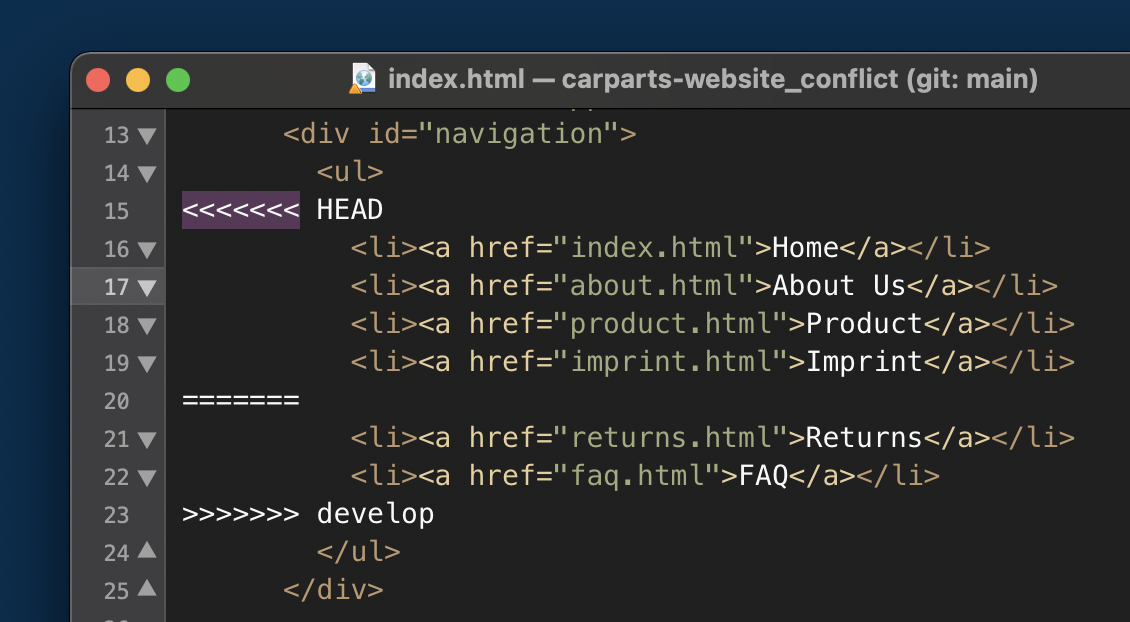In part 5 of this series, we looked at rebasing and merging. Although there are a couple of differences between git merge and git rebase, both commands have the same goal: they integrate changes from one branch into another.
Merge conflicts... Nobody likes them. Some of us even fear them. But they are a fact of life when you're working with Git, especially when you're teaming up with other developers. In most cases, merge conflicts aren't as scary as you might think. In this fourth part of our “Advanced Git” series we'll talk about when they can happen, what they actually are, and how to solve them.
In this article I'm going to talk about branching strategies and different types of Git branches. I’m also going to introduce you to two common branching workflows: Git Flow and GitHub Flow.
A commit can be something that helps us stay on top of things. It can be a container for related changes that belong to one and only one topic, and thereby make it easier for us to understand what happened.
In this post, we’re talking about what it takes to produce the "perfect" commit.











